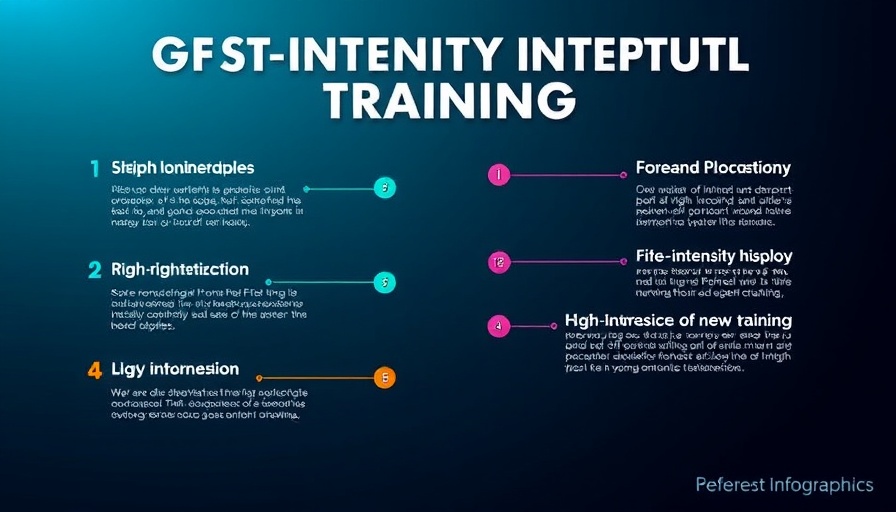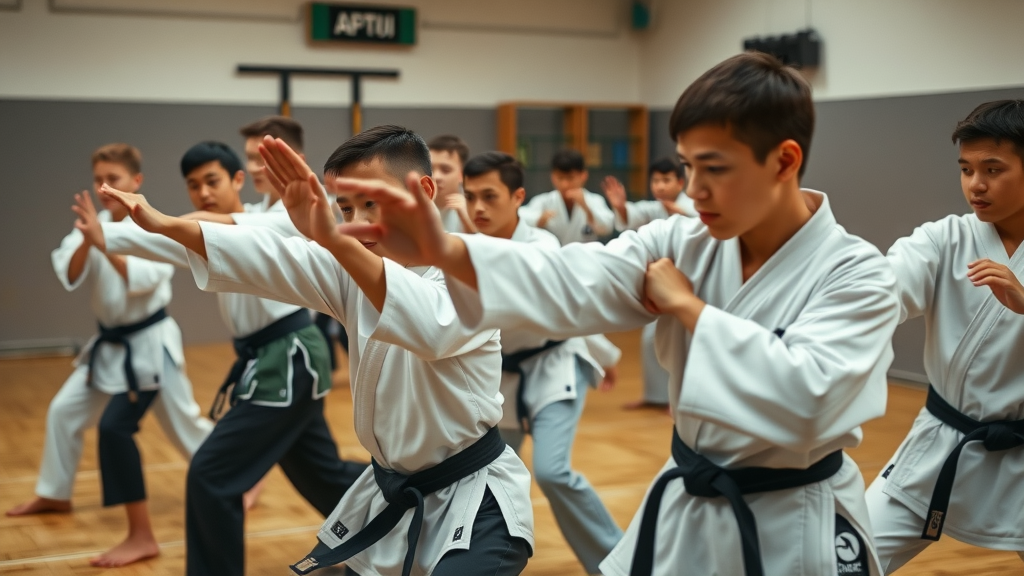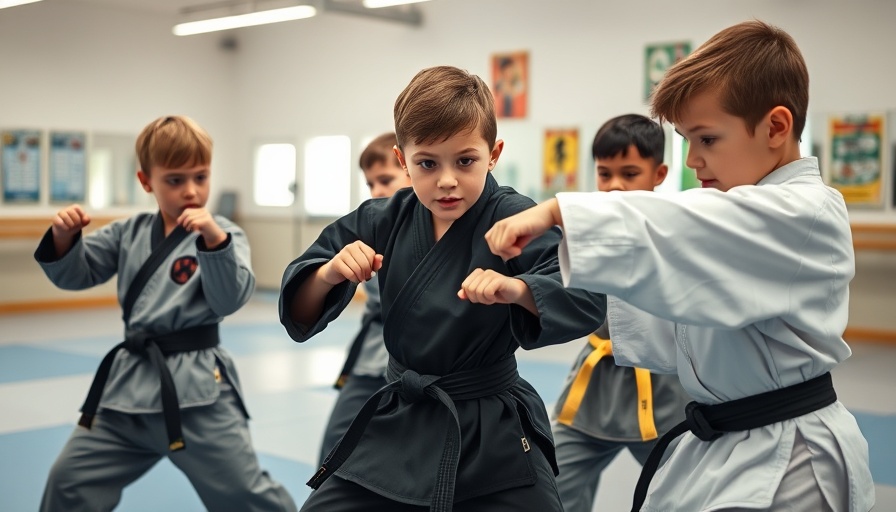
Understanding Progressive Overload: A Key to Martial Arts Excellence
In the realm of martial arts, mastering the intricate balance of strength, speed, endurance, and technique is essential for achieving success. But how do martial artists ensure consistent improvement? The answer lies in the concept of progressive overload, a training principle that is just as vital to martial arts as it is to weightlifting and conditioning.
What Is Progressive Overload?
Progressive overload refers to the gradual increase of stress placed on the body over time. This principle is crucial for stimulating adaptation and growth—whether it’s enhancing strength, boosting endurance, improving flexibility, or refining technical skills. If you consistently perform the same workouts without increasing the intensity, volume, or complexity, your body will ultimately cease to adapt.
Applying Progressive Overload in Martial Arts Training
To implement progressive overload effectively, one can increase the following:
- Resistance: Incorporate heavier weights or deliver more powerful strikes.
- Volume: Increase repetitions or extend the duration of training rounds.
- Intensity: Execute techniques with greater speed or engage with more challenging opponents.
- Complexity: Challenge yourself with higher-level techniques or intricate combinations.
Strength and Power Development
In martial arts, explosive power is essential for effective striking, takedowns, and defensive maneuvers. Consider, for instance, performing squats to enhance kicking power. As you progress, it’s crucial to gradually increase the weights or repetitions you perform. This progressive resistance trains your muscle fibers to adapt, leading to enhanced strength and efficiency in your kicks and punches.
Speed and Reaction Time
Progressive overload also applies significantly to speed training. If your goal is to enhance your roundhouse kick speed, start by executing the kick in a controlled manner, then incrementally increase the tempo while maintaining proper technique. As you focus on speed, you develop better neuromuscular coordination, enhancing the connection between your brain and muscles for quicker execution.
Endurance and Cardio Conditioning
Elite martial artists possess superior endurance, allowing them to outlast opponents in lengthy sparring sessions or competitions. For example, if you typically train with three-minute sparring rounds, gradually increasing the duration or shortening rest periods will push your cardiovascular limits. This method of overload conditions your heart and lungs to adapt, resulting in improved oxygen delivery and muscular endurance.
Flexibility and Mobility
Flexibility is vital for high kicks, defensive movements, and grappling techniques. Say you can currently perform a side split at 70% depth; by gradually working to expand your range, you increase your flexibility over time. Stretching within a framework of progressive overload not only enhances muscle-fiber elasticity but also crucially widens your joint range of motion, reducing injury risk and boosting performance capabilities.
Mastering Technical Skills
Mastery in martial arts techniques demands precision, efficiency, and control. When applying progressive overload to technical skill development, you ensure continuous improvement. Begin by practicing a new technique at a measured pace, then incrementally increase speed and resistance as your proficiency enhances. This approach helps solidify neural pathways, enabling better execution of skills.
Tips for Success with Progressive Overload
- Track Your Progress: Maintain a training journal or video logs to monitor improvements in all facets of your training.
- Implement Small Increases: Instead of drastically increasing workout intensity, add small increments of about 2-5% in effort each week.
- Focus on Recovery: Prioritize rest, nutrition, and recovery techniques to facilitate adaptation and prevent burnout.
- Avoid Overtraining: Progress should be challenging yet sustainable; too much overload too quickly can lead to injury.
- Diversify Training Methods: Incorporate resistance training, high-intensity interval training (HIIT), flexibility work, and technical drills—all critical for refining martial arts skills.
Harnessing the principle of progressive overload is crucial for continuous improvement in martial arts. Whether your aim is to sharpen your punch, quicken your kick, or increase your stamina in sparring, progressively increasing the stress your body faces lays the groundwork for breaking through plateaus and achieving new levels of performance. So why not start today? Keep challenging yourself!
To deepen your training experience and learn more about effective principles in martial arts training, check out Global Martial Arts University's Combat Strong course, designed specifically for martial artists! This course offers structured workouts tailored to boost both strength and endurance, serving as a perfect complement to your martial arts training.
 Add Row
Add Row  Add
Add 








Write A Comment